
Weekly report for Somalia Drougth+Cartoon
Nairobi
(Sunatimes) In recent weeks, some have started to question the scale of the
tragedy unfolding in the Horn of Africa. In the UK, an essay in The Spectator
claims that “‘Somalis’ are not starving. The victims
are mainly the …minority clans”. An article published in last week’s edition of the EastAfrican
suggests that aid agencies have been overstating the scale of the famine,
citing a Nairobi-based agricultural economist who “believes that it is very
likely that many parts of Somalia that have been declared as suffering from
drought, such as the fertile Lower Shabelle region – which experienced a bumper
harvest last year –may actually be food secure.”
The
implication that the situation in Somalia is not as serious as has been
reported, and that only a small proportion of the population is actually
starving in areas where the United Nations has declared a famine, is not only
untrue but unfortunately echoes statements by Al Qaeda-linked extremist
insurgents that the crisis, which is mostly affecting areas under their
control, is nothing but a figment of the “infidel” imagination. The emergency is real and has
been years in the making. The Transitional Federal Government and UN agencies
were appealing for help long before refugees begun to crowd into feeding
centres in Mogadishu and in neighbouring countries.
Here
are the facts. Somalia has two rain seasons. The long rains, known as Gu, start
in March/April and last till June. The harvest is gathered from August at the
tail end of a short dry spell, Xagaa. Deyr, the minor wet season, extends from
October to November/December, with crops being harvested in February. The long
dry season, Jiilaal, which starts in January, continues until the onset of the
Gu.
While
it is true that the 2010 Gu harvest was exceptional, it is important to note
that Deyr harvests account for up to a third of total annual cereal production.
Following the almost complete failure of the short rains last year, Deyr cereal
production in southern Somalia plummeted to the lowest level since 1995,
amounting to only 20 percent of the Post-War Average (PWA). Therefore, though
the bumper Gu harvest was 137% of the PWA, the total production for the year
was actually less than average.
Further,
this year’s
Gu was late and poorly distributed. In some parts of Shabelle, it hadn’t rained by early May. This
led to hoarding of grain, causing a shortage in the market and driving prices
up. In short, though cereal stocks from the 2010 Gu were still available in
March, the Deyr harvest failure coupled with speculation had driven the price
of food beyond the means of ordinary folk.
The
UNHCR says that most of the displaced people heading to Mogadishu originate
from Lower Shabelle, one of the most productive agricultural regions of Somalia.
Some of these may well be returning families who had earlier been displaced by
fighting in the capital, as the EastAfrican article speculates. However, given
that many of the region’s
farmers depend on rains because, according to the Shabelle Relief And Development
Organization, irrigation facilities in the area are not functional, these are
also extremely vulnerable drought.
The
escalation into famine is wholly a result of the extremists’ actions. Farmers had been
forced to grow cash crops to fund the insurgency, instead of food crops to feed
their families. Children, youths and old men alike, were gang-pressed into
insurgent ranks, diminishing the pool of labour available to tend to farms.
Just weeks before the UN announced the famine in Lower Shabelle, the militants
were reported to be stopping farmers watering their fields unless they paid an
exorbitant fee. As the Spectator piece acknowledges, “[insurgent] forces looted
grain stores, taxed food markets and menaced farmers until they gave up
planting crops.” Amidst all this, they continue to prevent aid agencies from
feeding the hungry and families from leaving the area to seek help.
The
Spectator essay, however, makes a valid point. Food aid alone will not solve
the situation in the long term. It must be accompanied by moves to resolve the
conflict and to eradicate the extremist menace, which is the root cause of the
famine. It is in recognition of this that the international community has been
supporting the Somali peace and reconciliation process –a process rejected by
insurgents who seek to perpetuate anarchy in the Horn and create a base from
which to plot attacks against other countries in the region and across the
globe.
The
African Union Mission in Somalia is the spearhead of the international engagement.
Its mandate is to protect the institutions generated by the peace process,
train Somali security forces as well as facilitate the provision of
humanitarian aid to the population. With its help, the Somali National Army
(SNA) has created a zone of relative stability in Mogadishu to which the IDPs
are flocking and where the government has been providing essential services
-such as policing, road repairs, street lighting and garbage collection- and
where, working with the international aid agencies, it is now delivering
humanitarian supplies to those who need them. Somalia is extremely grateful for
the sacrifice that fellow Africans are making on our behalf.
AMISOM
and the SNA must be given the tools and support necessary to extend this zone
to cover the rest of the country. The immediate deployment into Mogadishu of
the extra 3,000 AU troops already authorized by the UN Security Council would
be an important first step, enabling the two forces to secure the areas of the
city recently vacated by the fleeing extremists. Going forward, the Council
should urgently reconsider the AU’s request to raise AMISOM’s troop ceiling to 20,000 and
to equip the mission with an air and maritime capability.
The
current situation in Somalia, while grim, has presented a window of
opportunity. Action now, to both provide emergency help and strengthen the
forces of peace, will ensure that the spectre of famine is eradicated from our
shores, fully justifying future scepticism over reports of starving multitudes.
Leave a comment
| Copyright © 2009 - 2024 Sunatimes News Agency All Rights Reserved. |
| Home | About Us | Diinta | Reports | Latest News | Featured Items | Articles | Suna Radio | Suna TV | Contact Us |
 0
0 



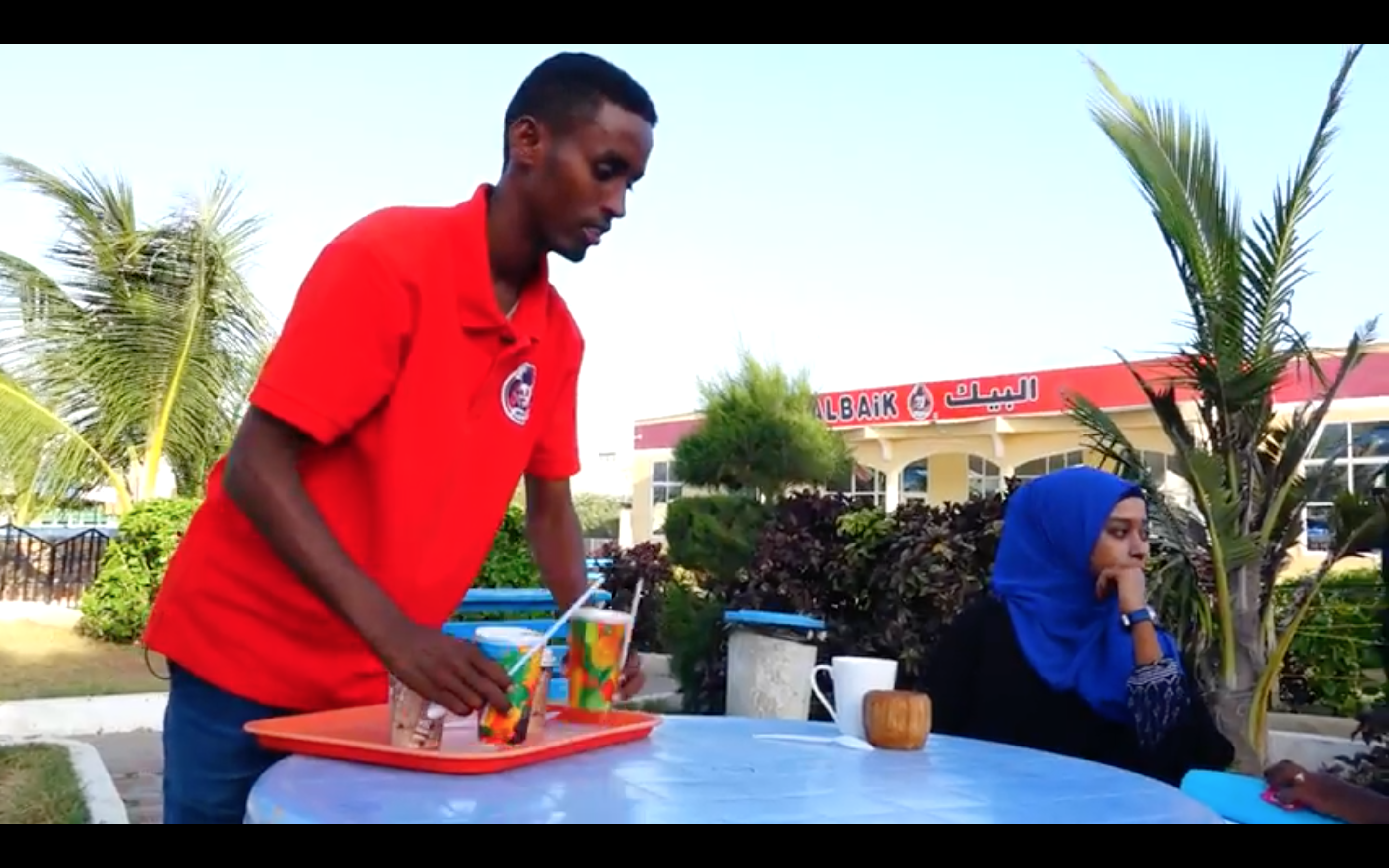
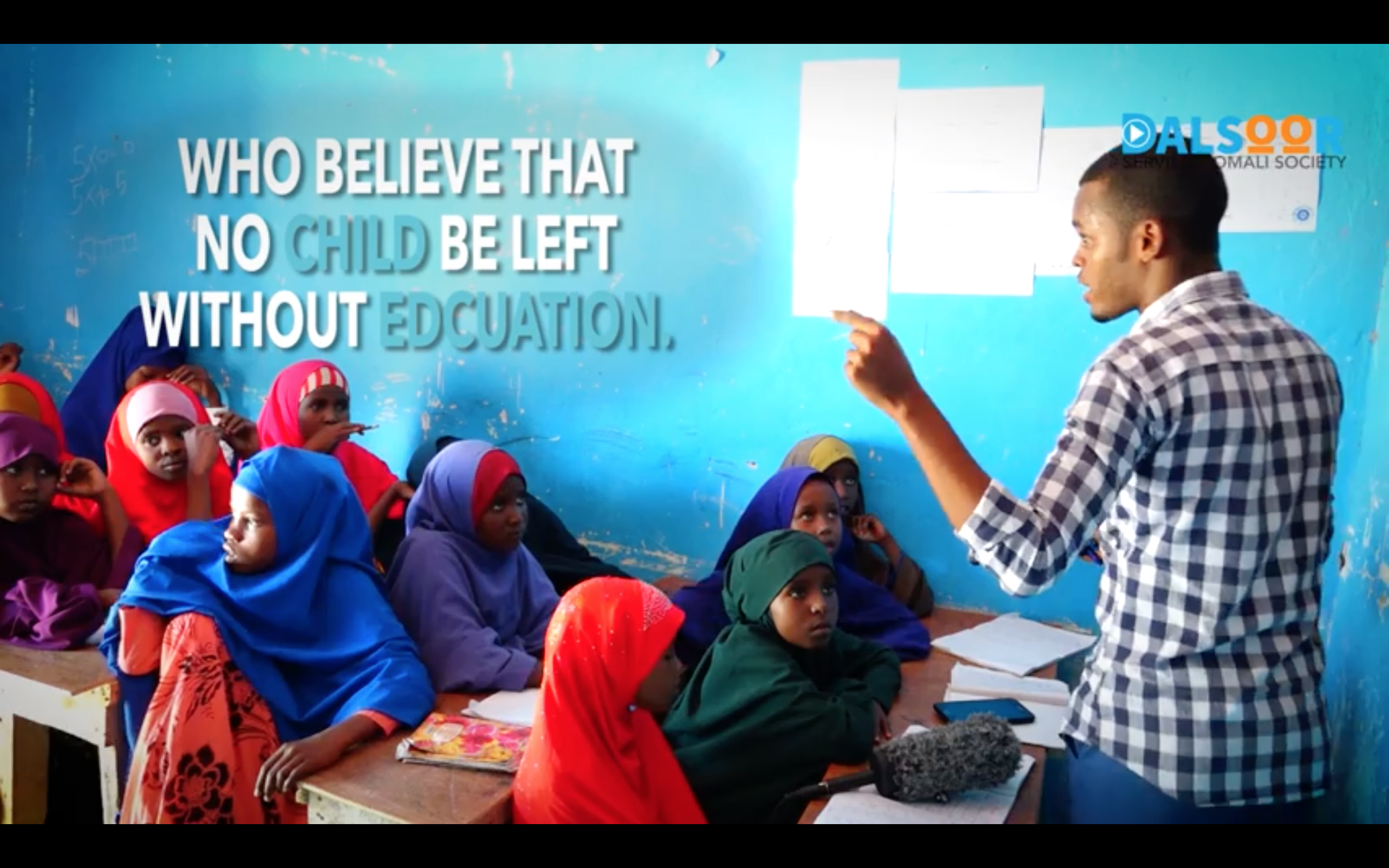

Weekly report for Somalia Drougth+Cartoon
Here are the facts. Somalia has two rain seasons. The long rains, known as Gu, start in March/April